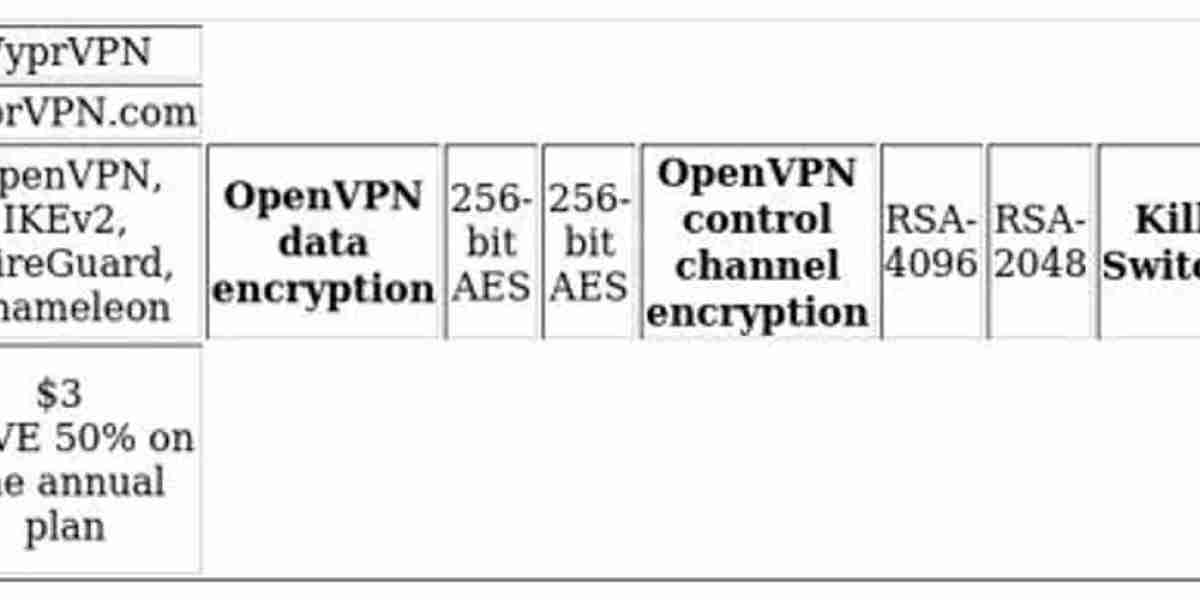The global dairy container market is undergoing rapid transformation, driven by shifting consumer habits, technological innovation, sustainability concerns, and expanding dairy consumption across emerging economies. From traditional milk bottles to modern, smart, and eco-friendly packaging solutions, the dairy container sector is aligning itself with evolving industry dynamics and consumer demands.
Market Overview
Dairy containers refer to packaging solutions used for storing and transporting various dairy products such as milk, yogurt, butter, cheese, and cream. These containers come in various materials including plastic, glass, metal, and paperboard, and are tailored to preserve product freshness, ensure safety, and extend shelf life.
As of 2024, the global dairy container market is valued at approximately USD 18 billion and is projected to grow at a CAGR of 4–5% over the next five years. Growth is fueled by rising urbanization, increasing per capita dairy consumption, and innovations in packaging technologies.
Key Market Drivers
Rising Dairy Consumption:
The global appetite for dairy products continues to grow, particularly in Asia-Pacific and Latin America. This surge, driven by rising disposable incomes and changing dietary patterns, is contributing significantly to the demand for efficient and sustainable dairy packaging.
Convenience and Portability:
Consumers increasingly prefer on-the-go dairy products such as single-serve yogurt cups or drinkable milk cartons. This has led to a rise in demand for smaller, lightweight, and resealable containers that offer convenience without compromising product quality.
Sustainability Pressure:
With increasing awareness of environmental issues, the dairy industry is under pressure to reduce its carbon footprint. This has led to growing investment in recyclable, biodegradable, and reusable container materials. Paperboard cartons and bioplastics are gaining traction as alternatives to traditional plastic packaging.
Advancements in Packaging Technology:
Smart packaging solutions—featuring temperature indicators, QR codes, and tamper-evidence seals—are revolutionizing how dairy products are tracked and consumed. These innovations not only enhance consumer trust but also help reduce food waste by ensuring product integrity.
Market Segmentation
By Material: Plastic remains the dominant material due to its versatility, durability, and low cost. However, concerns about plastic waste are prompting shifts toward paperboard and glass. Biodegradable and compostable options are emerging in niche markets.
By Product Type: Milk containers lead in market share, followed by yogurt, cheese, and cream. Among these, yogurt and flavored dairy beverages are showing the fastest growth, particularly in the ready-to-eat (RTE) segment.
By Region: Asia-Pacific dominates the global dairy container market, led by India and China due to large populations and increasing dairy product demand. North America and Europe are mature markets, where innovation and sustainability drive consumer choices.
Competitive Landscape
The dairy container market is fragmented, with numerous global and regional players. Major companies include Tetra Pak, Amcor, Sealed Air Corporation, Ball Corporation, and Elopak. These players are heavily investing in R&D to develop innovative, sustainable, and cost-effective packaging solutions.
Strategic collaborations between dairy producers and packaging companies are also shaping the market. Co-development initiatives are helping ensure compatibility between containers and production lines, as well as aligning with brand identity and regulatory standards.
Challenges
Regulatory Compliance:Stringent food safety and environmental regulations are putting pressure on manufacturers to upgrade materials and processes. Compliance with standards such as FDA (U.S.) or EFSA (Europe) adds complexity and cost.
Material Costs and Supply Chain Disruptions:
Fluctuating prices of raw materials, particularly plastic resins and paper pulp, can impact production costs. Geopolitical tensions and logistical disruptions also challenge timely delivery and consistency in supply.
Balancing Innovation with Affordability:
While premium packaging features attract consumers, they can also drive up prices. Striking a balance between innovation and affordability remains a key concern, especially in price-sensitive markets.
Future Outlook
The future of the dairy container market lies in integrating sustainability with functionality. Innovations such as edible packaging, plant-based plastics, and AI-enabled smart labels are on the horizon. Brands that prioritize consumer convenience, environmental impact, and product safety are expected to lead the next phase of growth.
E-commerce will also play a crucial role, requiring containers to be more robust and tamper-resistant for last-mile delivery. Customization and personalization in packaging design are likely to increase, as dairy brands compete for consumer attention on digital platforms.
Conclusion
The dairy container market is at a pivotal point, balancing tradition with transformation. With changing consumption patterns, environmental mandates, and packaging technologies converging, stakeholders must remain agile and consumer-focused. The winners in this evolving market will be those who can blend innovation, sustainability, and affordability in their packaging strategies.



